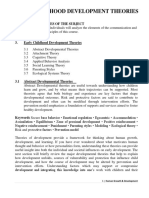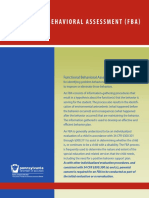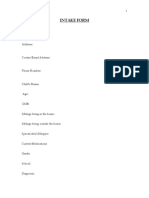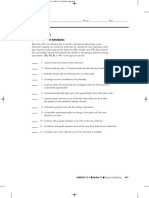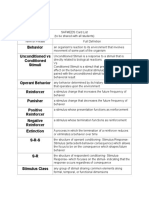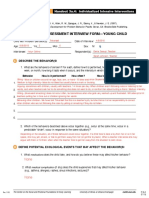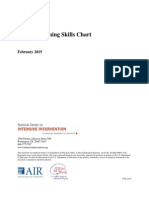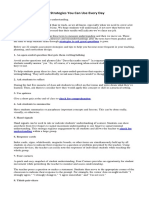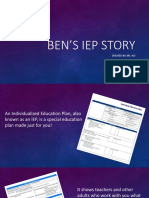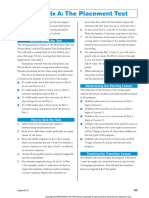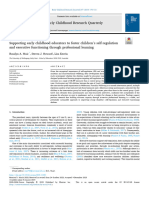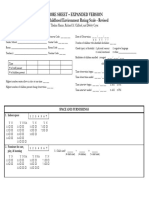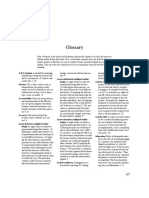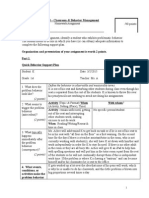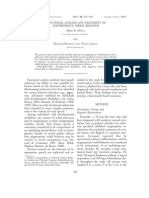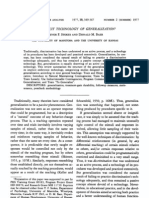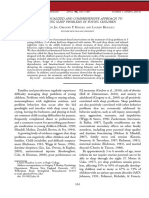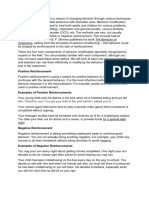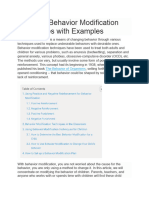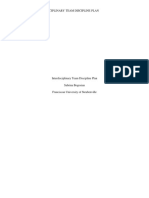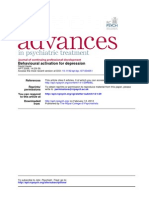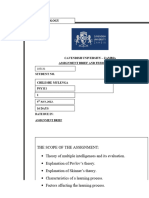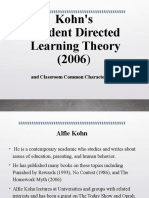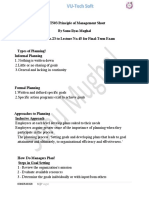0% found this document useful (0 votes)
374 views12 pagesBehaviour Modification: Individual Assignment
The document discusses behavior modification techniques for guiding children's behavior. It defines behavior modification as using positive and negative reinforcement or punishment to change behavioral patterns. Specific techniques are described, including positive punishment by adding consequences, negative punishment by removing privileges, and positive reinforcement with praise or rewards. Consistency, teamwork among caregivers, simple rules, and catching children being good are emphasized for effective behavior modification.
Uploaded by
PrincessCharmingCopyright
© © All Rights Reserved
We take content rights seriously. If you suspect this is your content, claim it here.
Available Formats
Download as DOCX, PDF, TXT or read online on Scribd
0% found this document useful (0 votes)
374 views12 pagesBehaviour Modification: Individual Assignment
The document discusses behavior modification techniques for guiding children's behavior. It defines behavior modification as using positive and negative reinforcement or punishment to change behavioral patterns. Specific techniques are described, including positive punishment by adding consequences, negative punishment by removing privileges, and positive reinforcement with praise or rewards. Consistency, teamwork among caregivers, simple rules, and catching children being good are emphasized for effective behavior modification.
Uploaded by
PrincessCharmingCopyright
© © All Rights Reserved
We take content rights seriously. If you suspect this is your content, claim it here.
Available Formats
Download as DOCX, PDF, TXT or read online on Scribd
/ 12
